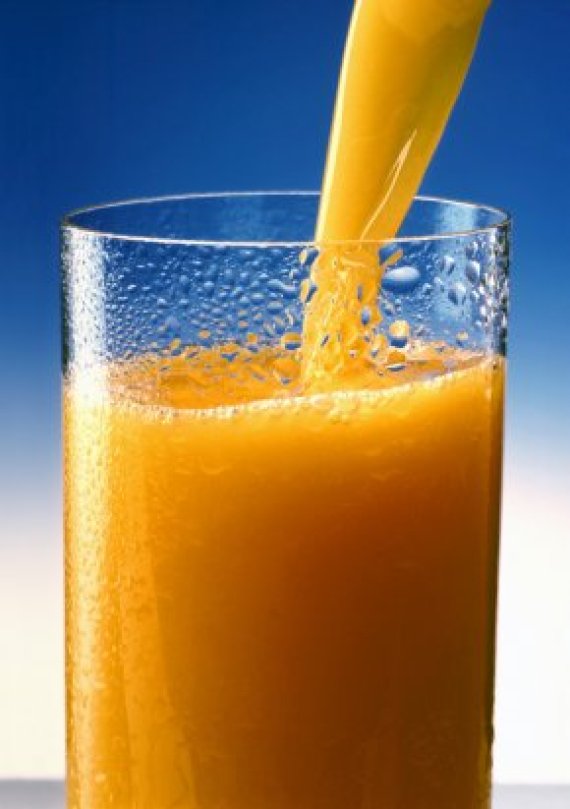Fruit juice is susceptible to tampering. ‘It is made into concentrate and the concentrate is sent to the other side of the world where it is reconstituted,’ says professor of Food Authenticity Saskia van Ruth, supervisor of the research. ‘That reconstitution is a high-risk step.’ Producers sometimes dilute the juice more than is stated on the packaging, mix it with cheaper juices without stating this or sell regular juice as organic.
So that such food fraud can be stopped in future, at Wageningen University & Research Granato first searched for the differences between commercially available fruit juices. Next, he focused on juice made from red grapes from various regions (Brazil and Europe) and produced using various cultivation methods (organic, biodynamic and regular). Granato looked at the phenolic content, an important group of bioactive compounds, and at the antioxidative effect. He also used an instrument called an electronic tongue to produce a taste profile of the juices. For scent profiles, he used the mass spectrometer.
The greatest differences, Granato found, were between juices made from different fruits, such as apples, oranges, pomegranates and elderberries. In the group of red grape juices the differences were very small. But by unleashing all sorts of statistical techniques on the data, Granato was nonetheless able to establish with great certainty whether a particular grape juice came from Brazil or Europe. And when the details of the organic and biodynamic juices were combined by region, he could distinguish them from the regular juices. Organic and biodynamic red grape juices could not be distinguished from one another.
Not that this means an off-the-shelf method for tracing fraud is now available, says Van Ruth. ‘This research is a preliminary step. The first thing we have to do now is develop a large database. In other words, measure very many samples so that we can accurately assign a juice to a certain group.’ That need not take years. ‘We now know which analyses we need to carry out. If you set your mind to it, you can put together a database like this in under six months. It is more a question of money than anything else.’

